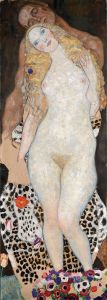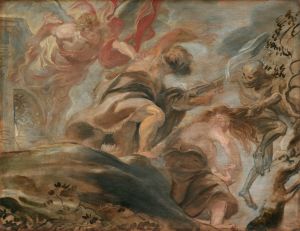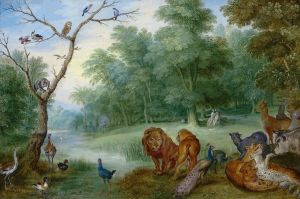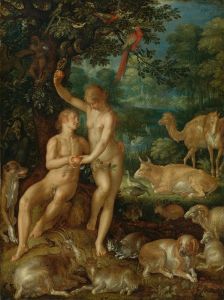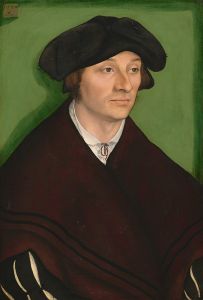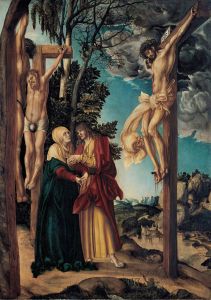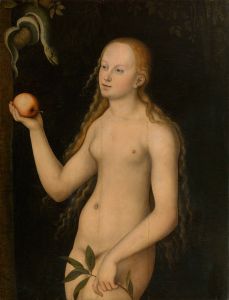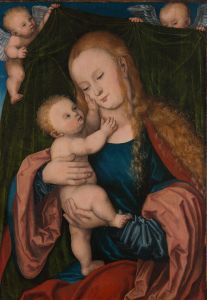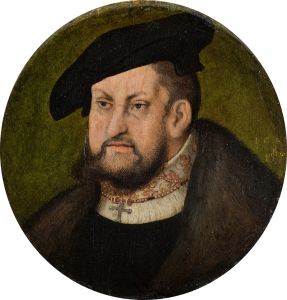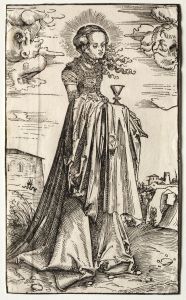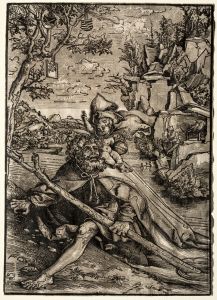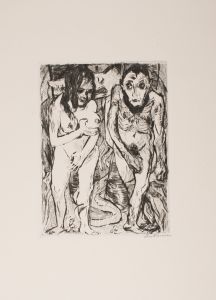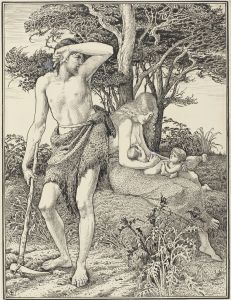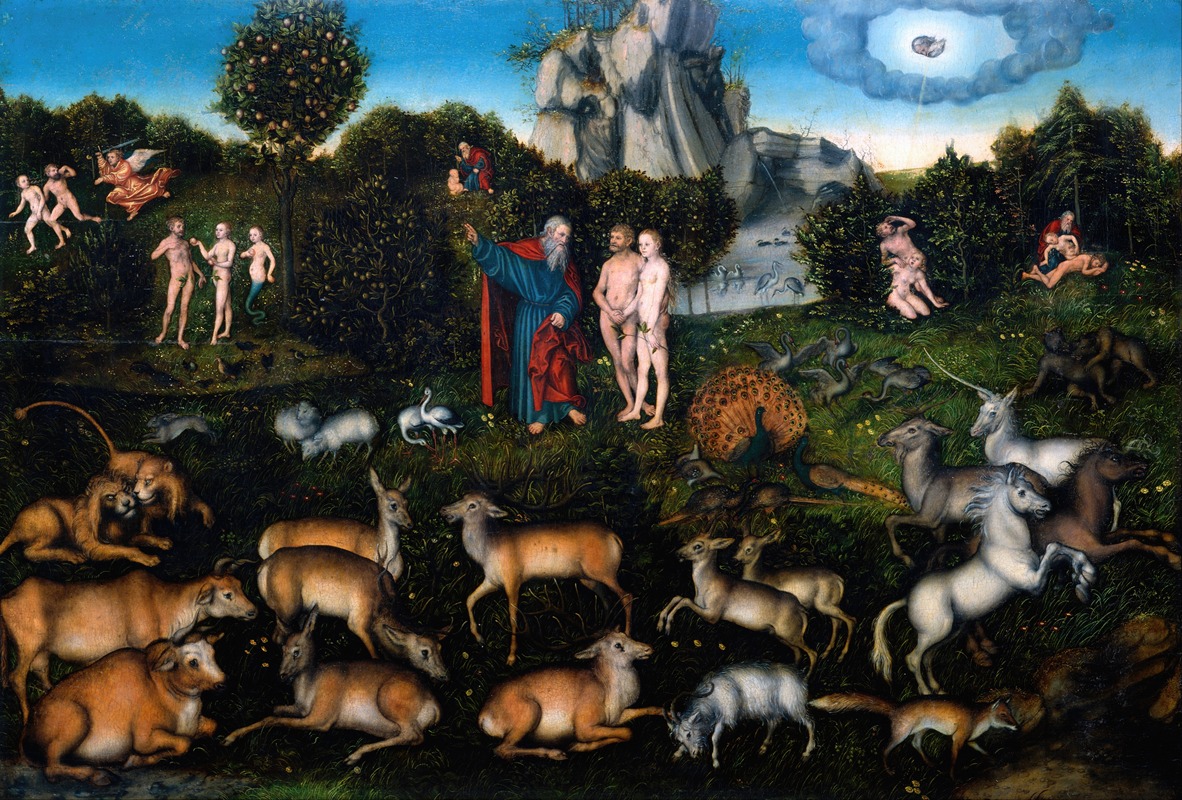
The Garden of Eden
A hand-painted replica of Lucas Cranach the Elder’s masterpiece The Garden of Eden, meticulously crafted by professional artists to capture the true essence of the original. Each piece is created with museum-quality canvas and rare mineral pigments, carefully painted by experienced artists with delicate brushstrokes and rich, layered colors to perfectly recreate the texture of the original artwork. Unlike machine-printed reproductions, this hand-painted version brings the painting to life, infused with the artist’s emotions and skill in every stroke. Whether for personal collection or home decoration, it instantly elevates the artistic atmosphere of any space.
"The Garden of Eden" is a painting by Lucas Cranach the Elder, a prominent German Renaissance artist. Cranach was born in 1472 in Kronach, Germany, and became one of the leading painters of his time, known for his portraits, religious scenes, and mythological subjects. He was a close friend of Martin Luther and played a significant role in the Protestant Reformation through his art.
This particular painting, "The Garden of Eden," depicts the biblical story of Adam and Eve in the Garden of Eden, a common theme in Renaissance art. The painting is characterized by its detailed and vivid portrayal of the natural world, a hallmark of Cranach's style. The scene is set in a lush, verdant garden filled with various animals, plants, and trees, symbolizing the paradise described in the Book of Genesis.
In the center of the composition, Adam and Eve are shown standing near the Tree of Knowledge of Good and Evil. Eve is depicted handing the forbidden fruit to Adam, an act that leads to their expulsion from Eden according to the biblical narrative. Cranach's depiction of Adam and Eve is notable for its attention to anatomical detail and the expressive, almost melancholic, faces of the figures, which convey the gravity of the moment.
Surrounding Adam and Eve are a variety of animals, including lions, deer, and birds, which are rendered with a high degree of naturalism. This reflects the Renaissance interest in the natural world and the study of flora and fauna. The animals in the painting are not merely decorative but serve to emphasize the harmony and abundance of Eden before the Fall.
Cranach's use of color is also significant in "The Garden of Eden." The rich greens of the foliage, the warm tones of the human figures, and the bright colors of the animals create a vibrant and dynamic composition. The painting's detailed background, with its intricate depiction of trees and plants, adds depth and complexity to the scene.
"The Garden of Eden" is an excellent example of Cranach's ability to blend religious themes with a keen observation of nature. His work often includes symbolic elements that convey deeper meanings, and this painting is no exception. The presence of the serpent, coiled around the Tree of Knowledge, is a reminder of the impending doom that follows the consumption of the forbidden fruit.
Lucas Cranach the Elder's "The Garden of Eden" is housed in various collections, with several versions and similar works attributed to his workshop. His ability to produce multiple versions of popular themes contributed to his success and influence during the Renaissance.
Overall, "The Garden of Eden" by Lucas Cranach the Elder is a masterful representation of a pivotal biblical story, showcasing the artist's skill in composition, color, and detail. It remains an important work in the study of Renaissance art and religious iconography.





